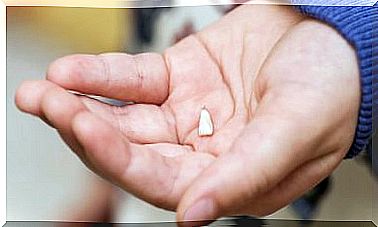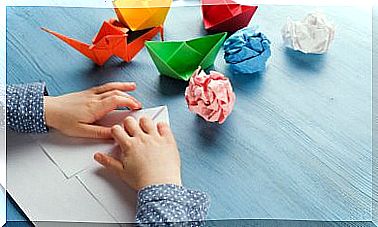5 Tips To Take Care Of Your Children’s Back

When children have to carry various school supplies to class, it is normal for them to fill their backpacks with a much greater weight than they should carry on their backs. As parents, it is important to pay attention to postural hygiene early and transmit it to children so that they do not suffer discomfort or lose their posture.
Many parents worry about the backpack model and do not pay as much attention to the load that is deposited in them. However, the specialists clarify that the most important thing comes to be the second. In this sense, they recommend that the weight that children carry in their backpack does not exceed 15% of their own weight to avoid back problems.
Rolling backpacks: a solution?
Rolling backpacks (which seemed to be the solution) aren’t really a panacea. The way of holding them, placing the arm extended back and making a forward pulling motion can cause back pain if the backpack is too heavy.
In short, the best solution to the problem consists of, neither more nor less, than teaching children not to overload their backpack, to carry only what is necessary for that school day and not for the entire week, for example. On the other hand, if they are old enough, they can distribute their supplies in a more equitable way: a part in the backpack and the heaviest, in the hands or in a handbag.
We must insist again and again on the importance of keeping the back straight in any position, even during rest, as this will avoid injuring the spine and, of course, the muscles that support it. Correcting these types of details in time will help prevent many problems in the future.
Recommendations to take care of the back
1. The backpack
The best backpacks to prevent back pain are those with wide straps and a well-padded back. In relation to this, it is important to take into account the following:
- Teach the child to place the backpack in the correct way, that is, on both shoulders. You should avoid carrying it hanging from one shoulder, as this only leads to overload on one side of the body.
- When hanging over the shoulders, the backpack should be suspended 5 centimeters above the waist. With this, it is not necessary to let the children carry the straps stretched to the maximum and that the backpack practically hangs over the buttocks.
- If the child has to carry a lot of supplies to school, it is convenient to distribute the weight between the backpack and, if necessary, an extra handbag.
- If electronic devices (such as laptops or tablets) are used at school, it is advisable to look for those that have a lightweight format.
- Some schools offer children the possibility of leaving their books in the classroom, either in lockers or on the desks themselves. It is worth talking to the teacher about this to make sure that this option exists and, if so, take advantage of it.
- If instead of a backpack you opt for a wheeled bag, you must teach the child to always carry it with a straight back, because if he bends when dragging it, his back will end up hurting.
2. Posture
Of course, to avoid any discomfort in the back, the most important thing is to keep the trunk upright, leaning on the back of the chair and both feet making contact with the ground, without crossing. This applies to both the desk and any other seat in the home, and even when traveling by car or sitting on the floor. It should be noted that in case the chair is uncomfortable, you can use a cushion.
On the other hand, it is advisable to change your posture from time to time to offer rest to the body and, above all, to the muscles. It is not advisable to spend more than 20 or 30 minutes in the same position (whether sitting or standing).
3. Electronic devices
With regard to electronic devices in common use, it is important to know how to position them in such a way that they do not promote slouching or the adoption of uncomfortable postures.
The screen must always be at the level of children’s eyes and at a safe distance (the measurement is determined by the arm itself when extended).
Sport as an ally in prevention

In addition to all that has been said, it is convenient for children to practice some physical activity or a specific sport on a daily basis to strengthen their back muscles. One of the most recommended sports is swimming since it helps to acquire an excellent posture for everything. Other recommended activities are yoga, Pilates, and cycling.










